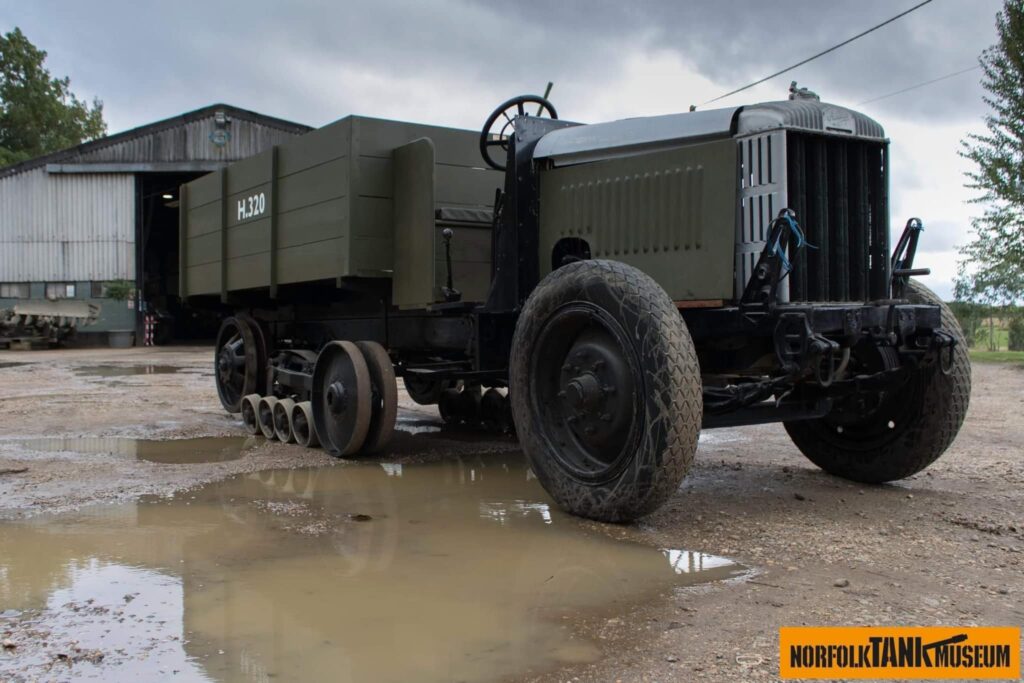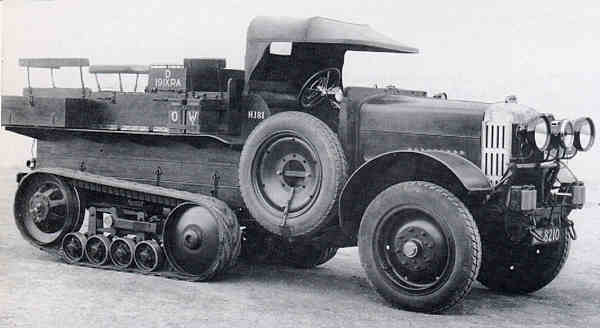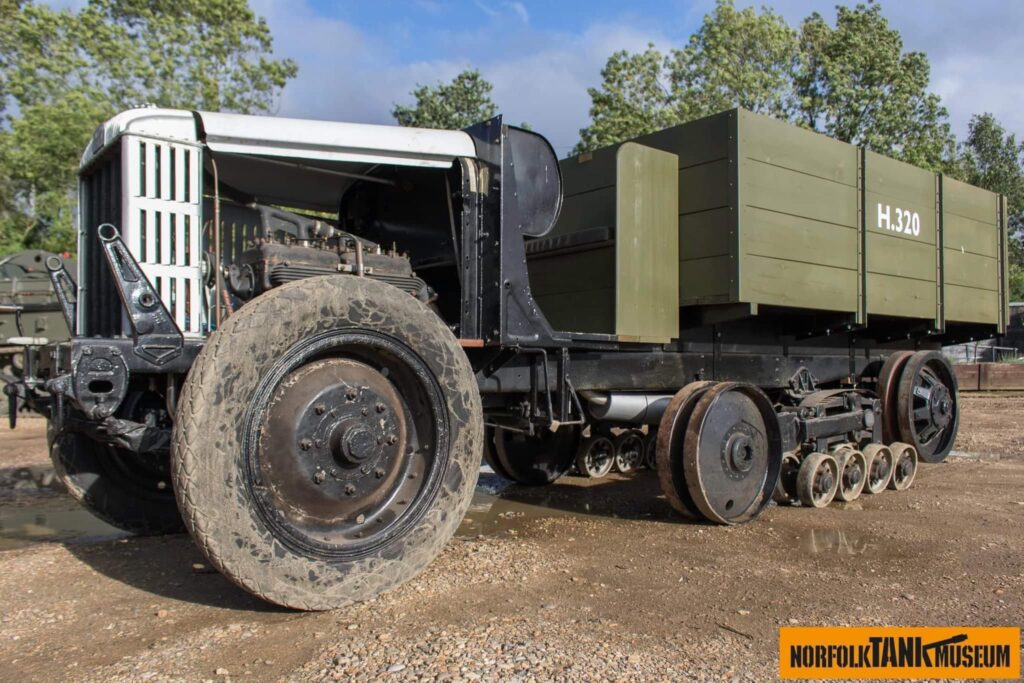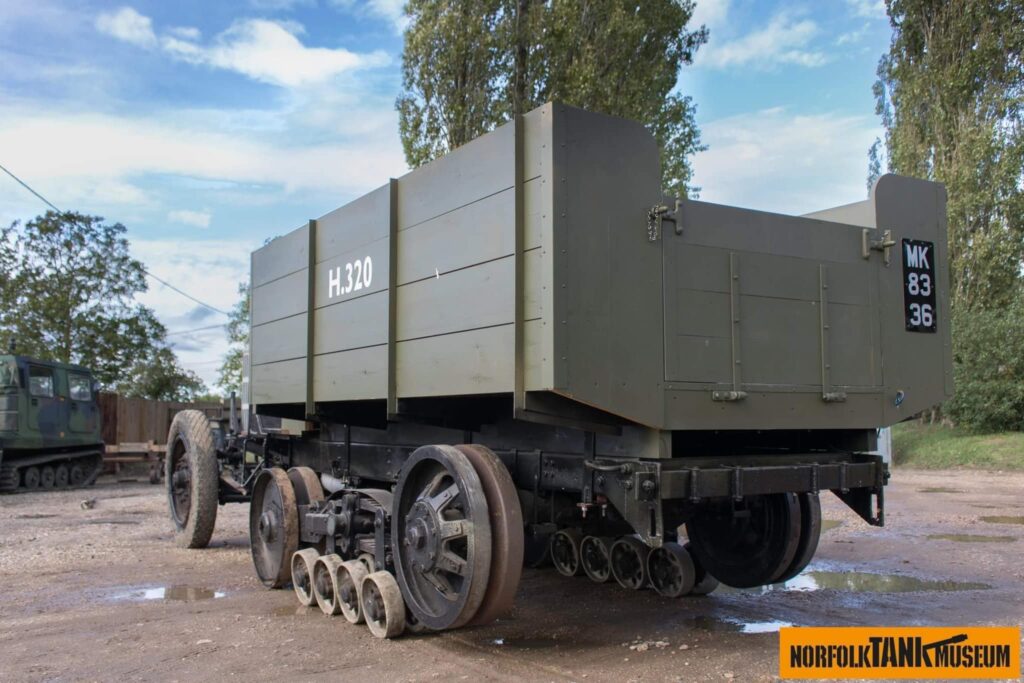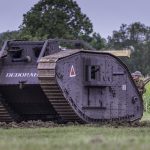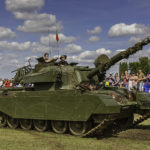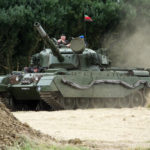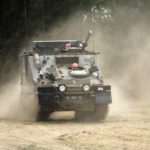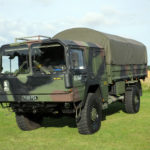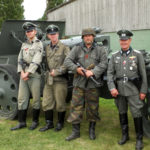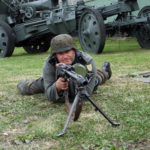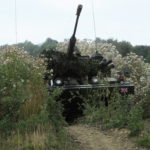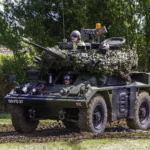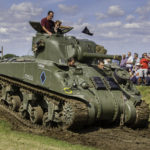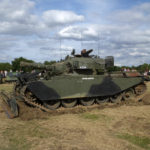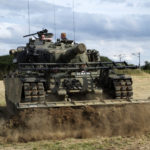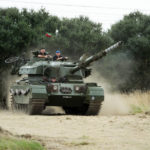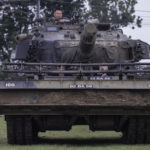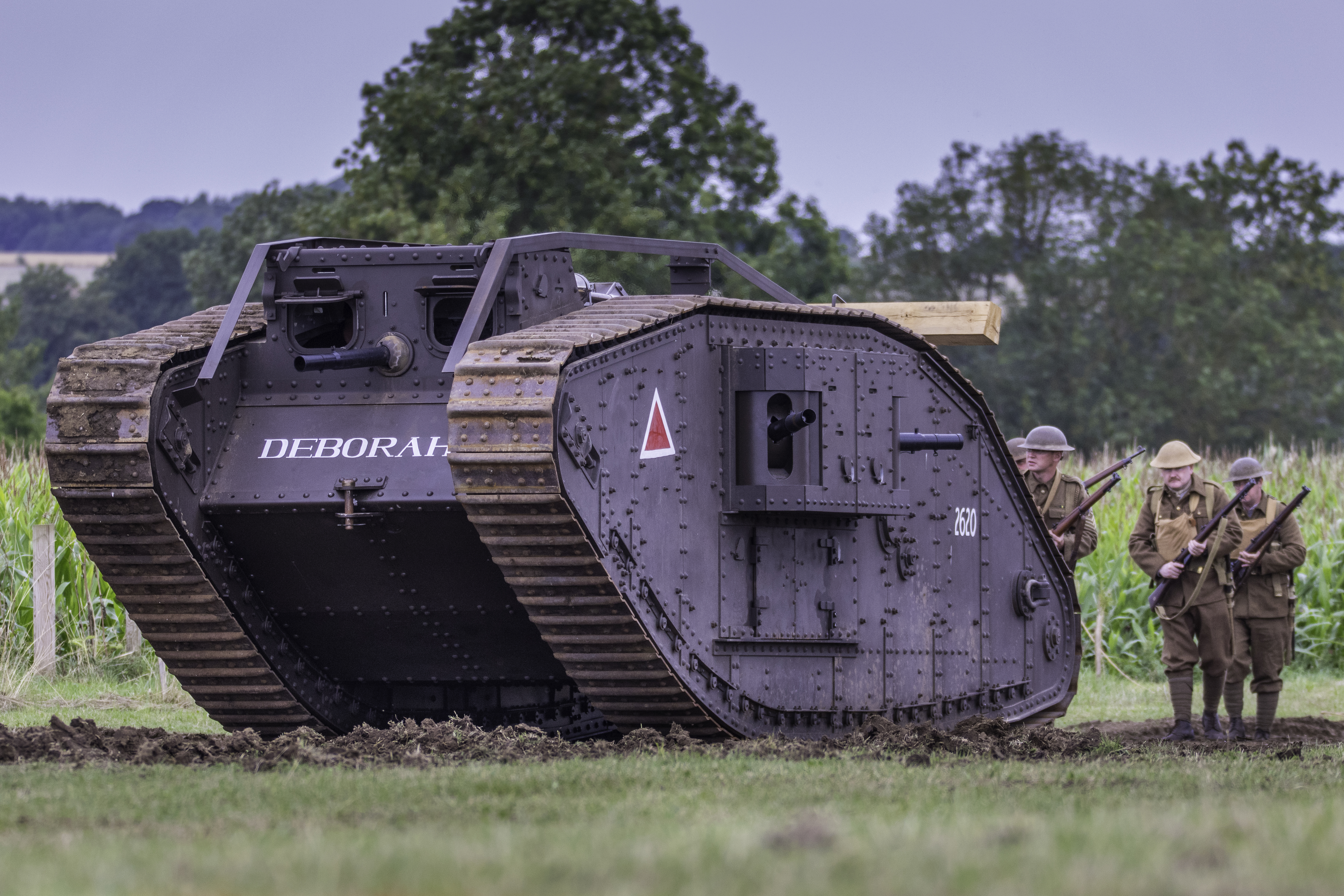Crossley Kégresse Half-track
The Norfolk Tank Museum is very proud to take ownership of what is believed to be the only surviving example of a 3Ton Crossley Halftrack, built in 1926. The Crossley was originally restored by an enthusiast, Ian Simpson, who had rescued it from a scrap dealer. Sadly, Ian passed away in 1994 before completing the restoration and left the Crossley to the Museum Service. Eventually the Crossley ended up at the Royal Logistic Corps Museum who carried on the renovation but, unfortunately, due to moving from its current location at Deep Cut will no longer be able to display it.
The Norfolk Tank Museum intends to carry on the excellent restoration work that Ian and the volunteers at the RLC museum have already started, with the completion of various items including the bonnet, mudguards, engine covers, and hopefully the purchase of a set of tracks. Originally the Crossley would have had a ‘bikini roof’ over the driver’s cabin and possibly a full canvas over the rear section; this is something the Museum will also be particularly investigating when researching the vehicle.
The Crossley Brothers came into being in Manchester in 1867. They manufactured pumps, presses, and small steam engines. In 1906 Crossley Brothers became Crossley Motors and began building cars, by the First World War they were producing cars and trucks for the British Army. In 1948 Crossley Motors was bought-out by Associated Equipment Company, AEC, who then carried on production of the vehicle for many years.
In 1925, following the First World War, the British Army ran a competition for manufacturers to produce a halftrack vehicle with good off-road capabilities as well as on-road performance. Crossley signed a licence agreement with Citroen-Kegresse to produce a 15/20 CWT halftrack using the Kegresse track system. The new Crossley Halftrack performed very favourably in the competition and the order was given for 115 vehicles to be built and to be shared between the Army and the RAF. In 1926 Crossley produced the 20 /30 CWT; unfortunately, the production numbers are not known.
The Crossley is powered by a 4.5 litre four-cylinder, water-cooled petrol engine producing 65hp, with a 4-speed gearbox and a 2-speed transfer box and the weight is approximately 5 tons. We believe three versions were produced: a general service vehicle, a staff car, and an artillery tractor.
The Crossley’s track system is credited to Adolphe Kegresse, a French military engineer who had managed the Russian Tsar’s cars before the revolution of 1917. Adolphe had converted the Tsar’s cars to halftracks to improve their off-road ability. The system utilised a rubber or canvas track stretched between a drive wheel at the back and an adjuster wheel at the front, with a series of four sprung bogies in the middle. The rubber track was driven by friction, unlike other tracked vehicles which have a sprocket and teeth that engage with the track to produce drive.
The original concept for a halftrack vehicle was conceived by Alvin Orlando Lombard, an American blacksmith. He devised the Lombard Steam Log Hauler which used tracks to disperse the weight of the vehicle and its load over a greater area. He built 83 between 1901 and 1917 in order to pull logs through the snow and ice of the New England mountains.
During the first world war the most famous halftrack was the Holt Tractor, a further development of the Lombard Steam Log Hauler with a gasoline engine. Holt had purchased Lombard’s patent in 1907.
In the late 1920s the US army purchased several Citroen-Kegresse vehicles along with a licence to develop their own M3 and M4 halftracks which were then used during WW2. The Germans also developed their own range of halftracks using the Citroen-Kegresse design.
If you have any information about this vehicle, or parts to complete the build, please contact us at the Norfolk Tank Museum. 07703337714 or email info@norfolktankmuseum.co.uk

